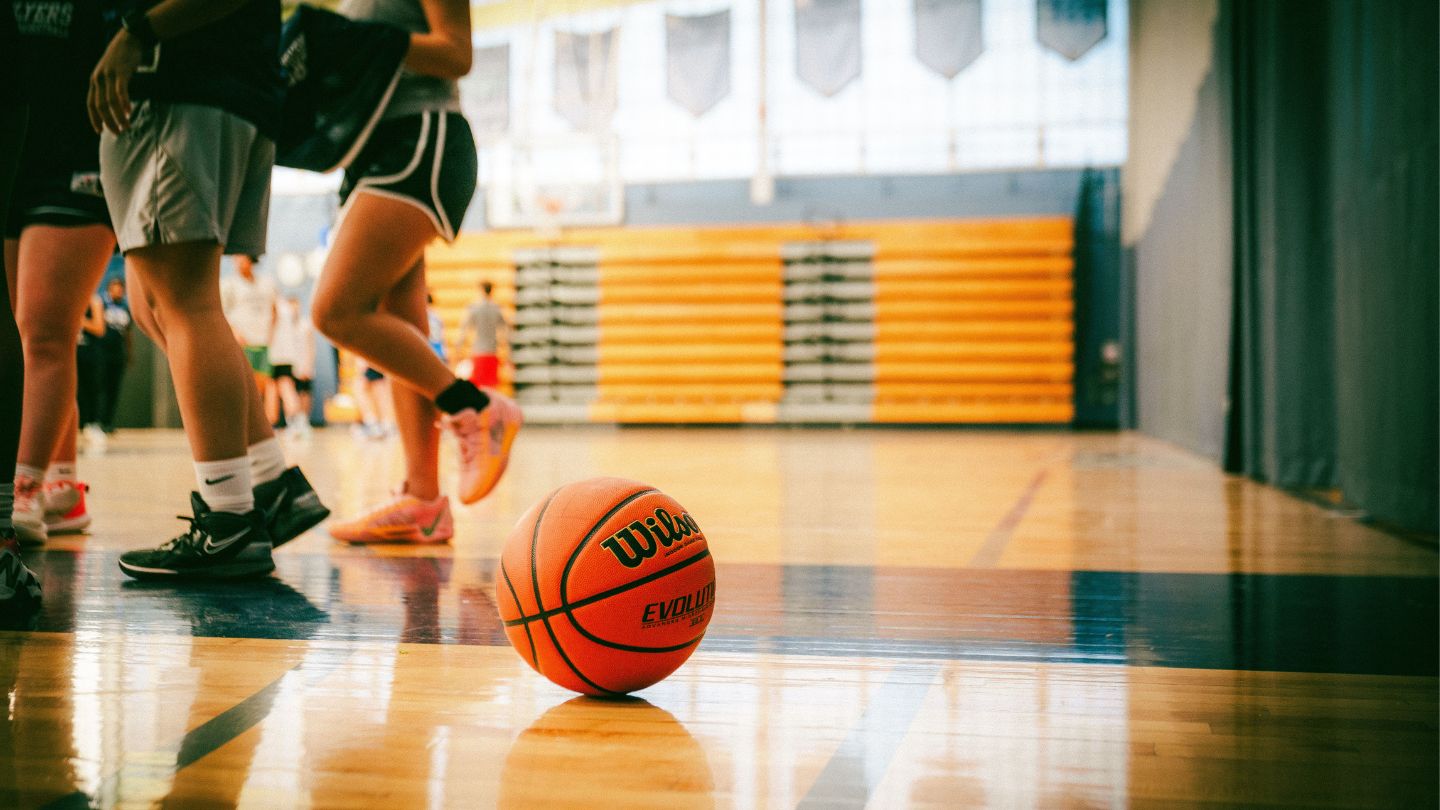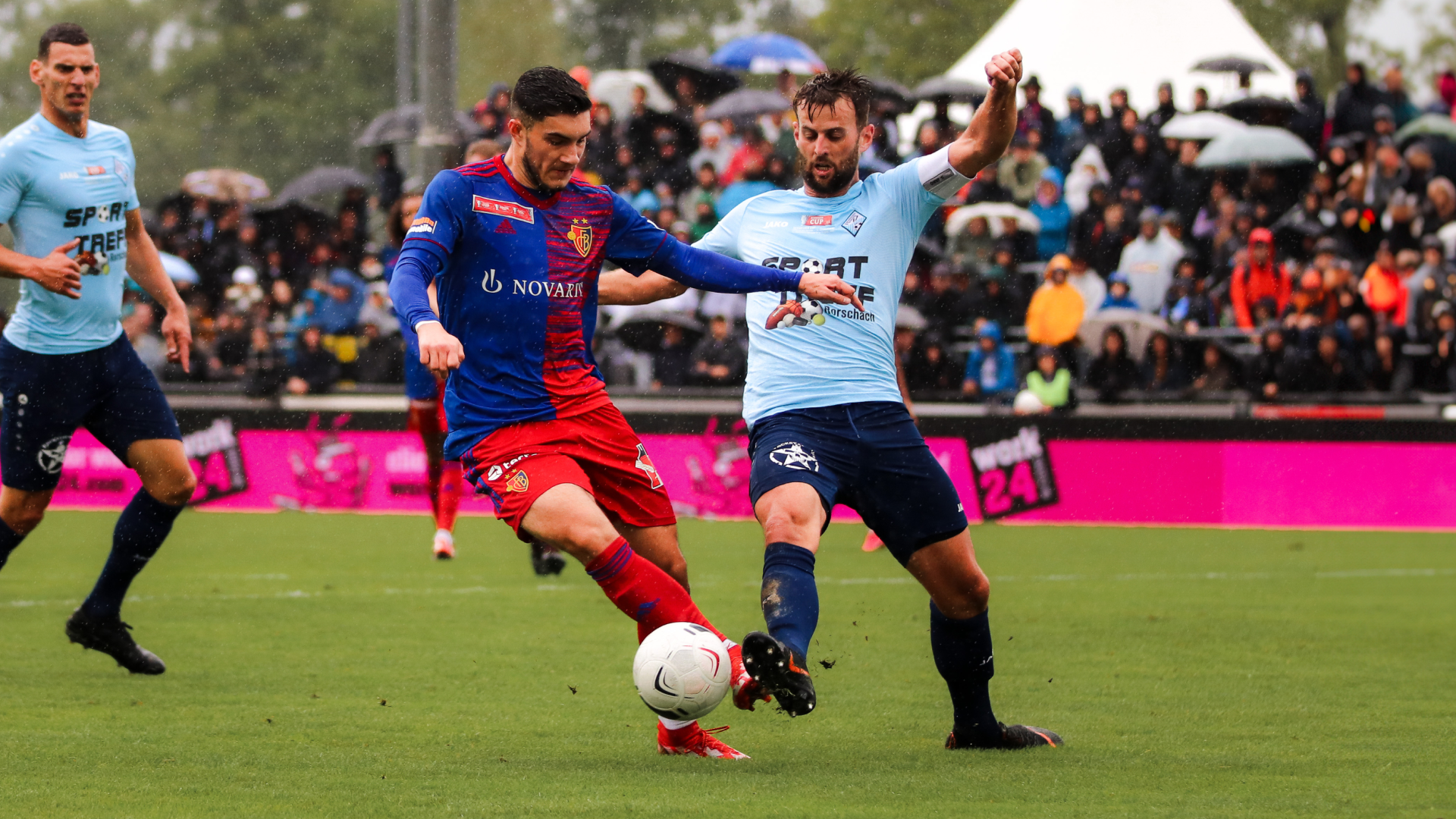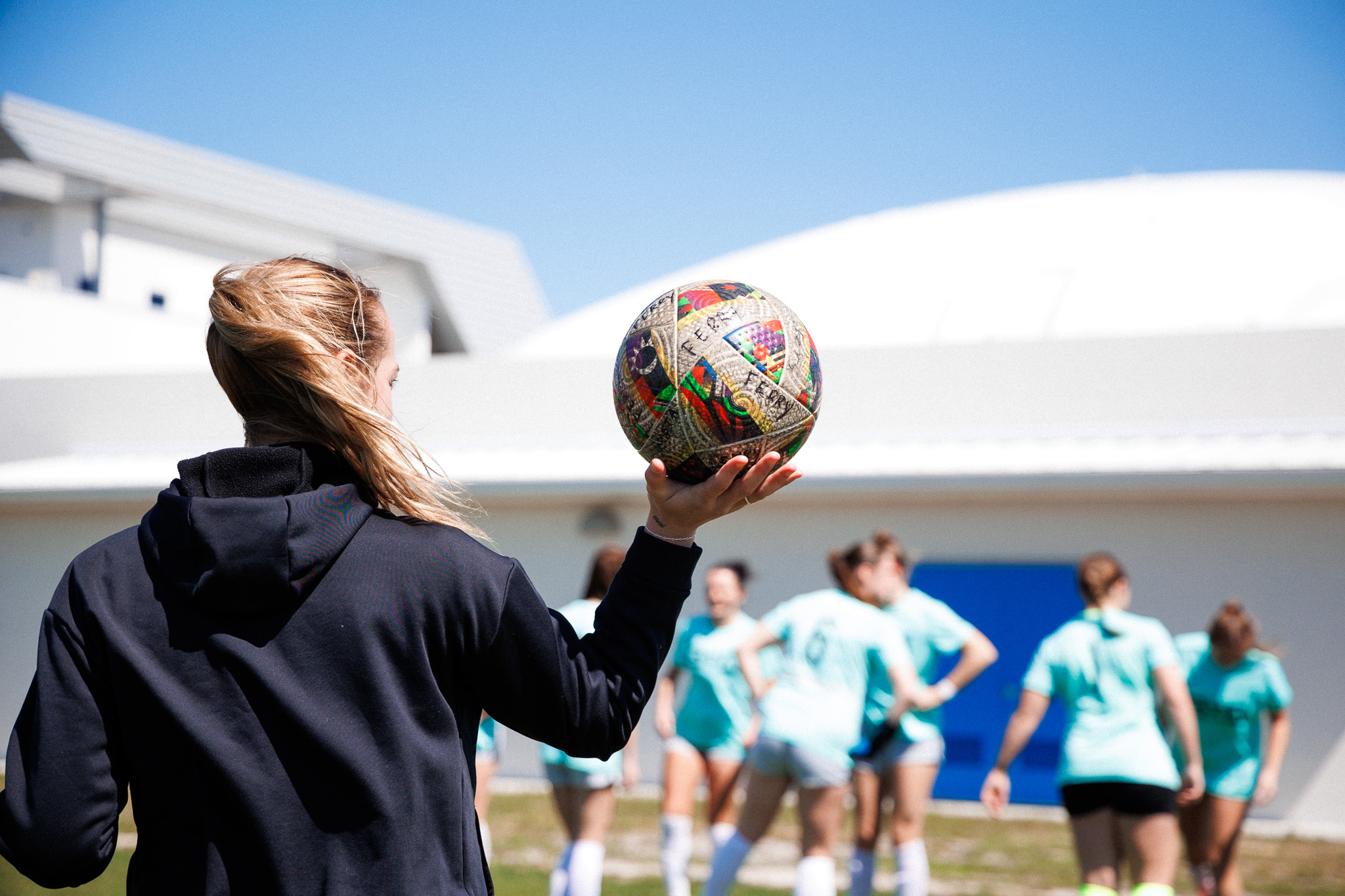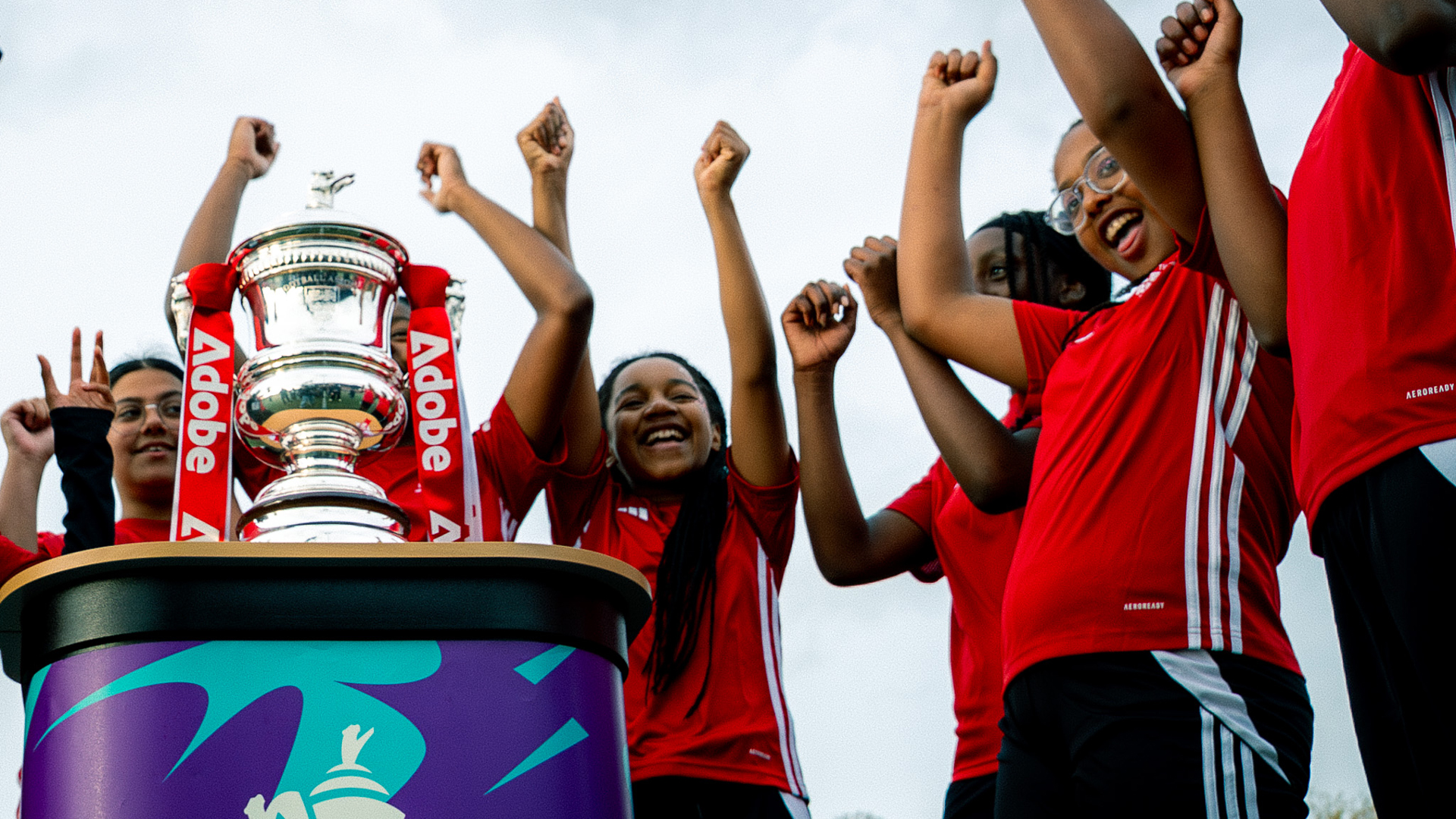Athletic director discovers why video analysis transforms high school sports programs
Carli Merlin

Framingham High School Athletic Director Paul Spear discovers how video analysis transforms coaching effectiveness across 27 varsity sports programs, revealing insights that verbal instruction alone cannot deliver.
"Kids are visual learners, and I don't think there's any better learning tool, at least in my experience as a coach, than to be able to show players their mistakes after the fact," says Paul Spear, Athletic Director at Framingham High School.
Spear made this discovery after implementing comprehensive video analysis across Framingham's 27 varsity sports programs. The visual feedback revealed coaching insights that traditional methods simply couldn't deliver.
This challenges the assumption that verbal coaching alone can maximize athletic development at the high school level.
Framingham High School's athletic program challenge
Paul Spear has been leading athletics at Framingham High School, overseeing one of Massachusetts' most comprehensive sports programs. His experience spans multiple coaching roles before transitioning to athletic administration.
Framingham High School serves close to 2,600 students with an incredibly diverse population. The school offers 27 varsity sports ranging from traditional programs like football and soccer to specialized teams like unified sports and dance competitions.
This breadth of programming created unique challenges for ensuring every team had access to the coaching tools needed for success across all skill levels and sports.
The problem with traditional coaching methods
Before implementing systematic video analysis, Spear struggled with the limitations of real-time coaching feedback. "A lot of times in the heat of battle when you're trying to correct a mistake, it's really hard for the athlete to process what they may have done wrong, or collectively, what the team might be doing wrong," he explains.
.avif)
Traditional coaching relied heavily on verbal instruction and basic visual aids. "I can remember when I was coaching ice hockey, I would have a VCR with a 25-foot-long remote with a laser pointer and a VHS tape," Spear recalls. The process was incredibly time-consuming and inefficient.
Without effective visual feedback systems, coaches found themselves "just yelling into a cave" during competitions, unable to provide the specific, actionable guidance that young athletes needed to improve their performance.
How Veo's video analysis solved the coaching puzzle
Spear discovered Veo through other athletic directors in his region who reported significant improvements in their programs. "When you have a camera that's portable, that you can move around, that is durable, that is really, really important," he explains.
Veo's automatic recording and seamless upload capabilities eliminated the time-intensive manual processes that plagued traditional video systems. "Everything seems to upload seamlessly, and you can bring it out to fields and bring it to where you need it to be, and it's not stationary," Spear notes.
The visual feedback transformed how coaches could connect with student-athletes. "You can literally post a clip to a group text, and the kids can all look at the clip," he explains. "Now you bring an iPad to the arena, or to the field, and you have access to those videos to sit with a student and say, hey, this is what I saw in that play."
Spear's football program saw immediate results, improving from a struggling season to a 6-5 record after implementing daily practice filming alongside game analysis.
Ready to discover what video analysis can do for your program?
Spear's experience shows how visual feedback unlocks coaching insights that traditional methods miss. Veo experts are standing by to help you get started.




